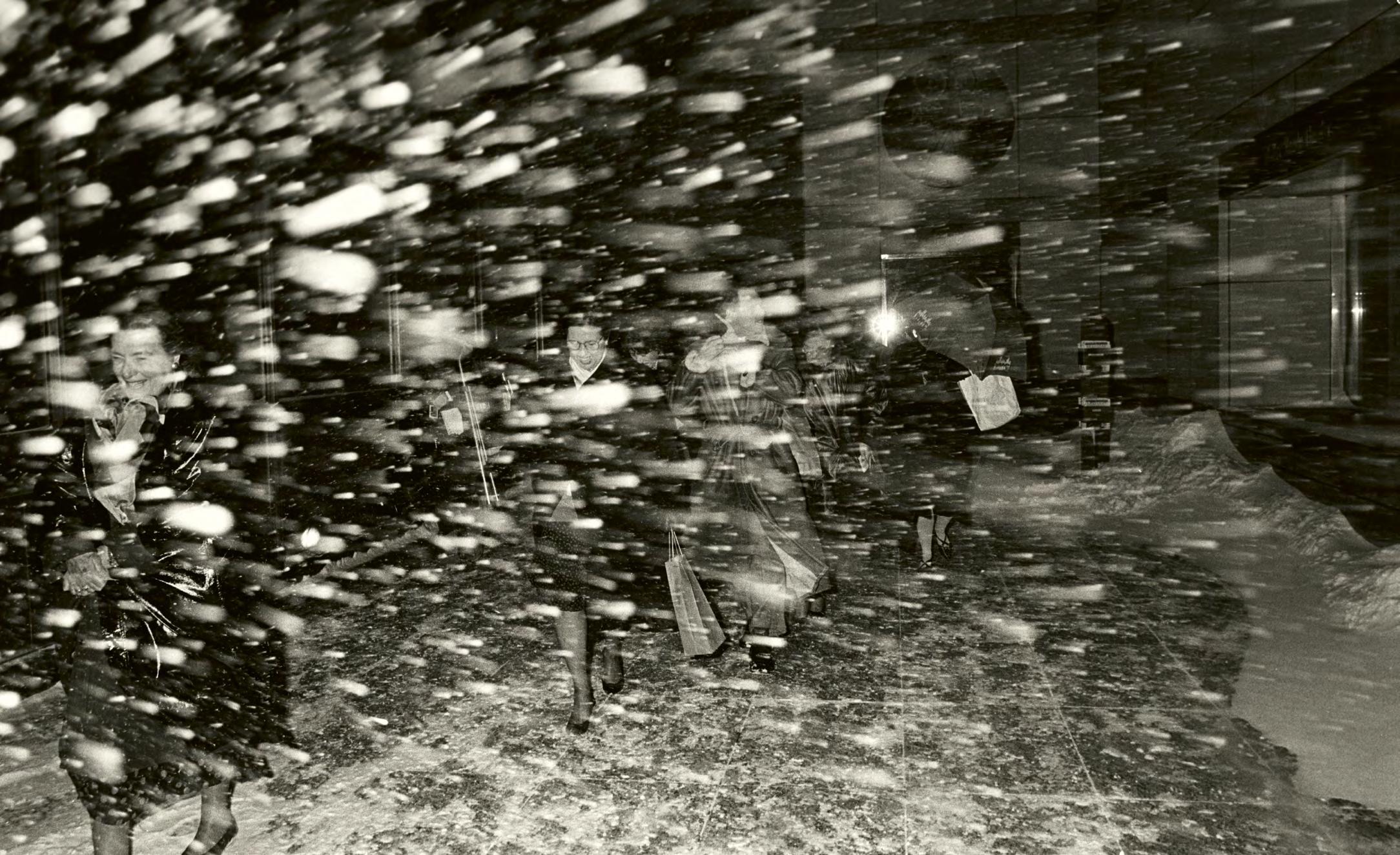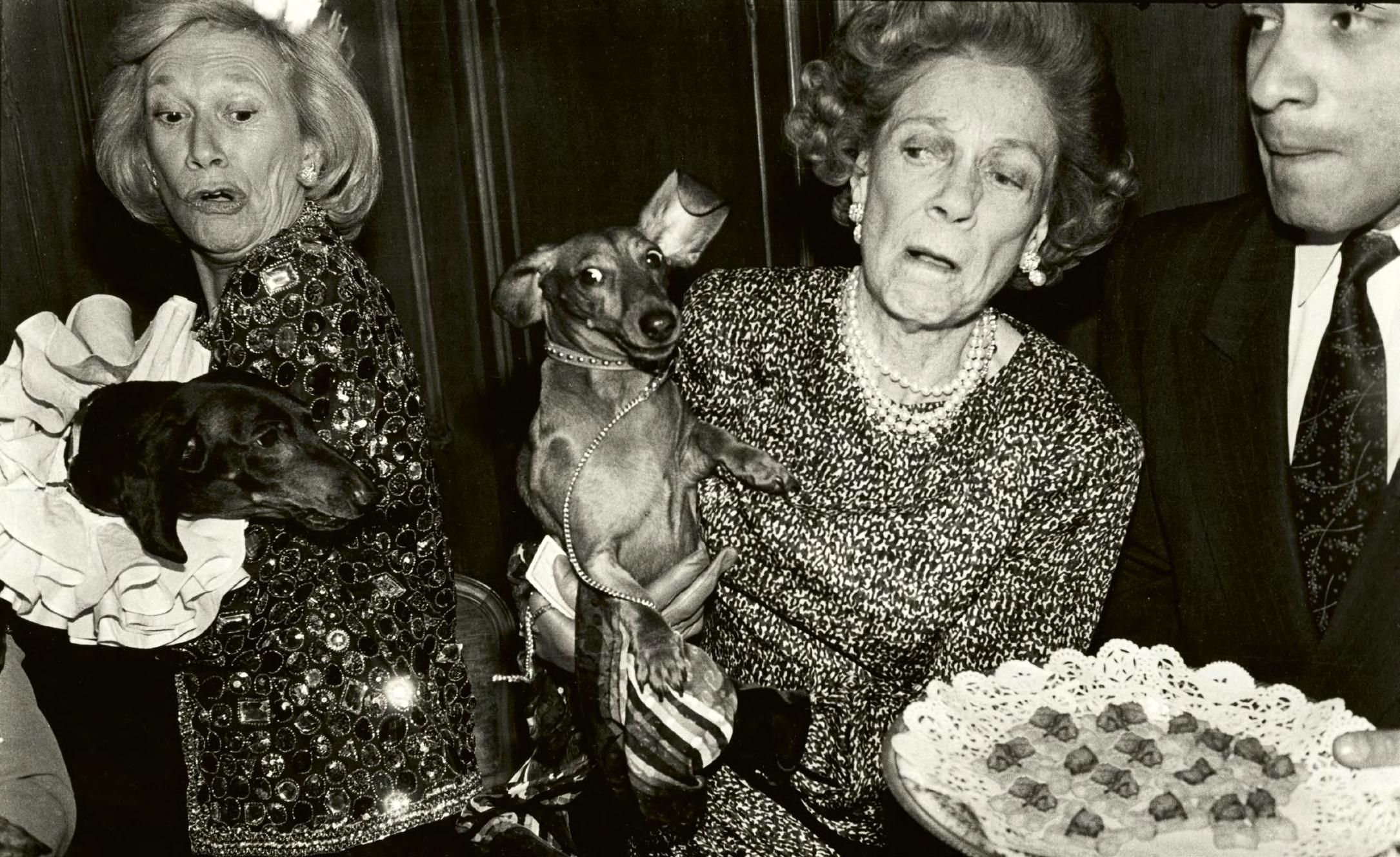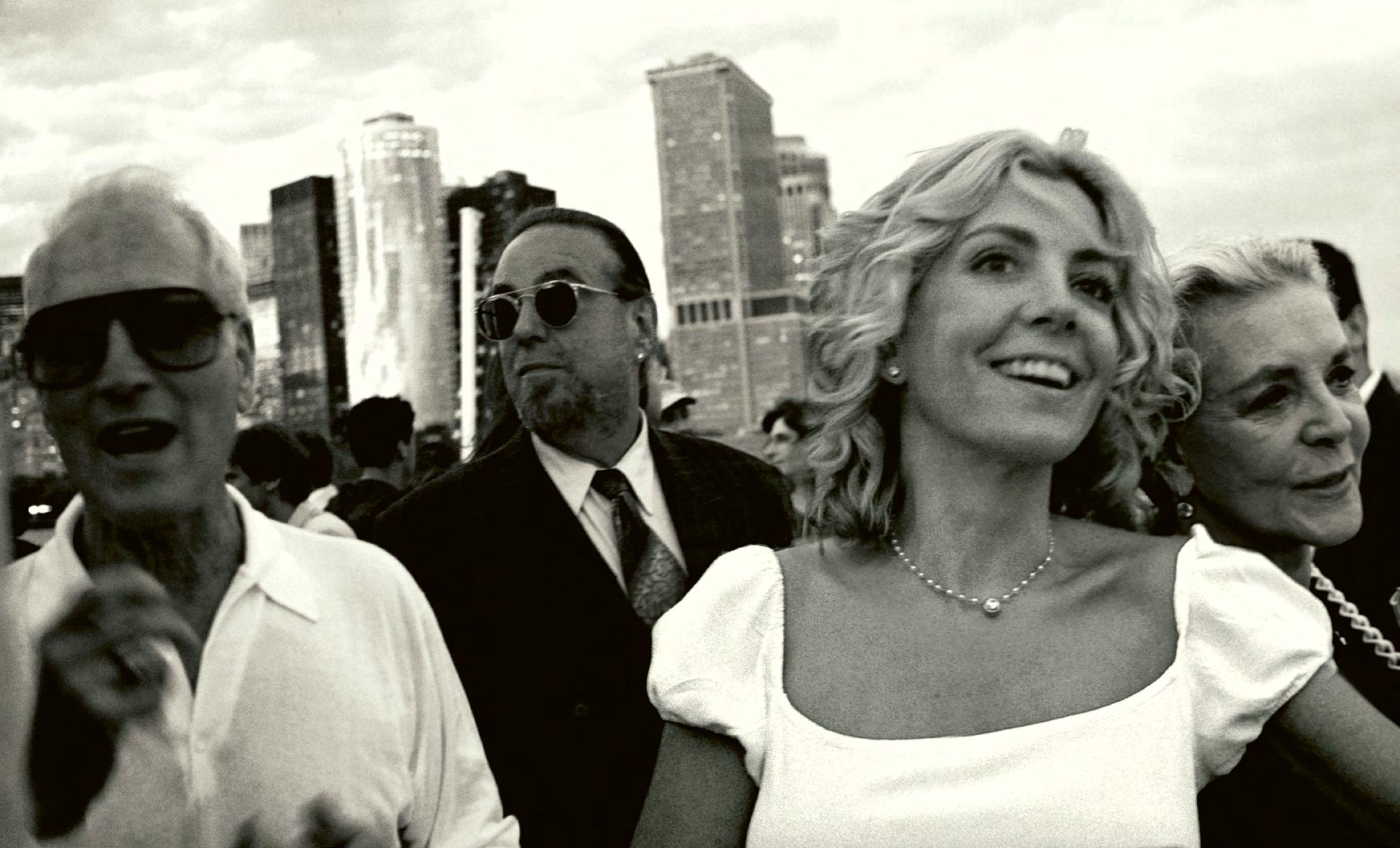
NEW YORK: HIGH LIFE / LOW LIFE



NEW YORK: HIGH LIFE / LOW LIFE

In 1988, I was beginning to feel like a permanent fixture of the English social season. Tina Brown offered an escape route to New York to cover parties for Vanity Fair. It was a month’s try-out. I arrived at JFK in the late afternoon and the magazine already had a diary stuffed with parties and events for me to photograph, starting with a book launch that evening at the Royalton Hotel.
In England, I’d become too well known as a Tatler photographer. It was wonderful to be invisible again. I was offered a contract and moved over with my wife Linzi and our two young children Poppy and Lewis. We stayed in the Gramercy Park Hotel at first, and after two months found a place to live in Cobble Hill, Brooklyn. It was calmer in Brooklyn, with the sound of distant foghorns from New York Harbor, and child friendly. The delicious smell from the Italian bakeries on Henry Street wafted around in the morning. We loved how oldfashioned Brooklyn was. There was a tradition of sitting on the ‘stoop’ in the summer and chatting to neighbours and passers-by. Apartments had creaking cast-iron radiators, parquet floors and mosaic-tiled bathrooms. No matter the quiet tree-lined streets would sometimes be littered with broken glass from smashed car windows and the occasional glass vial. Parked cars displayed pleading signs saying ‘No Radio’.
Linzi and I had to be tested for AIDS before being allowed a visa. This was the time when New York, particularly its creative community, was being decimated by AIDS. One evening, I was given a list of parties, one of which was at a private apartment on 23rd Street. When I arrived, I realised something was amiss and slowed down. It was Robert Mapplethorpe’s final birthday party. A terribly sad occasion as he was clearly not long to live. He was surrounded by his friends.
I met the photographer Josef Astor, who had a cheap studio in Carnegie Hall. I asked if there might possibly be a small room there with no windows, to use as a darkroom. They did have such a room which no one wanted. Within weeks, I set up my enlarger and had a peaceful working retreat on the 11th floor on 57th Street and 7th Avenue. The distant noise of sirens would come down the air shaft, and through the walls I would hear the sound of musicians practising. I found an old Ansel Adams book, The Negative, in a second-hand bookshop and learned a way to improve the detail in the dark areas of my films. It was a problem that had been bothering me for years.
Back then, it was the glory period of magazines, and Vanity Fair was stuffed with advertising. What magazine now could afford to pay for a photographer and their family to move country to photograph parties? If magazines in London were frugal, it seemed that New York was where they spent the profits. If I wanted film, I could go to an Alkit camera store on 18th Street and pick up a couple of 50-roll boxes of Tri-X and charge it to the company. At some parties, other photographers would be snapping away maniacally. Was this the American work ethic? No, as it turned out agency photographers were paid by the roll of film shot.
There seemed to be at least four times as many people employed at Vanity Fair as there would be to produce a similar sized magazine back in London. This led to the staff being very territorial about their role, if not a bit paranoid. There were a great number of editors below the editor-in-chief. Each editor had an assistant. There was a strong sense of position within a hierarchy. An assistant could only talk to their own editor. If they wanted to communicate with another editor, they had to do so



















‘Mr Jones goes about his business with cheery zest and a wicked eye.’
New York Times
‘New York: High Life / Low Life captures a time and a place better than just about any published folio.’
Graydon Carter, editor of Airmail
In 1988, Dafydd Jones was hired by Vanity Fair to photograph the most talked-about parties in New York. He descended into a world of human tableaux, ladies who lunch, princesses in powder rooms and dachshunds scrapping over canapés, snapping the likes of Leona Helmsley, Donald Trump and Imelda Marcos as they celebrated, mourned and unravelled in the bright lights. In these pages, the author of the critically acclaimed Oxford: The Last Hurrah reveals the story of New York as the nineties unfolded.
In praise of Oxford: The Last Hurrah ‘Dafydd catches those moments of genuine exhilaration, wealth and youth.’
Emerald Fennell, director of Saltburn